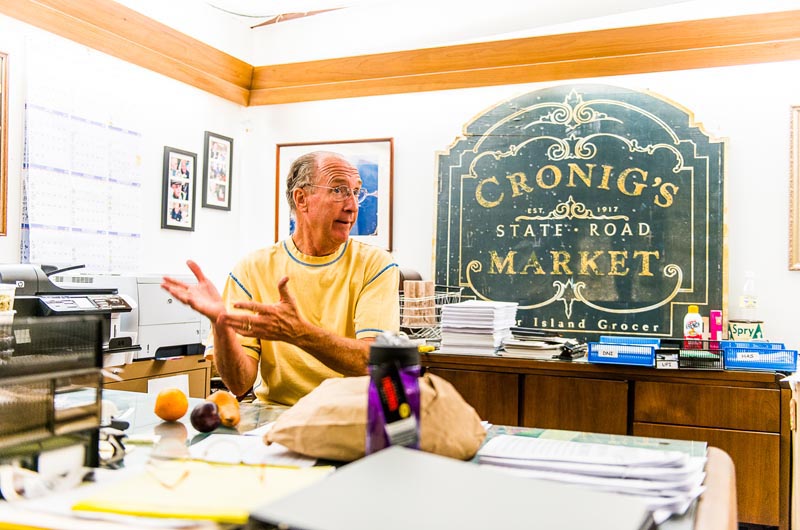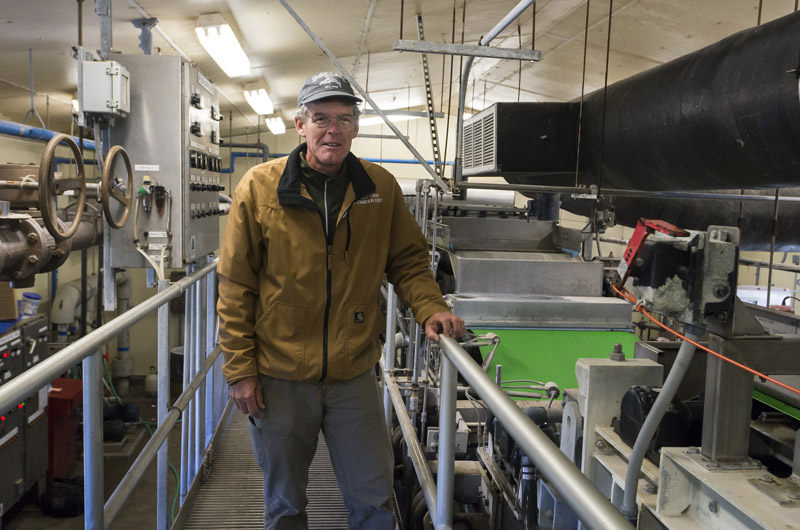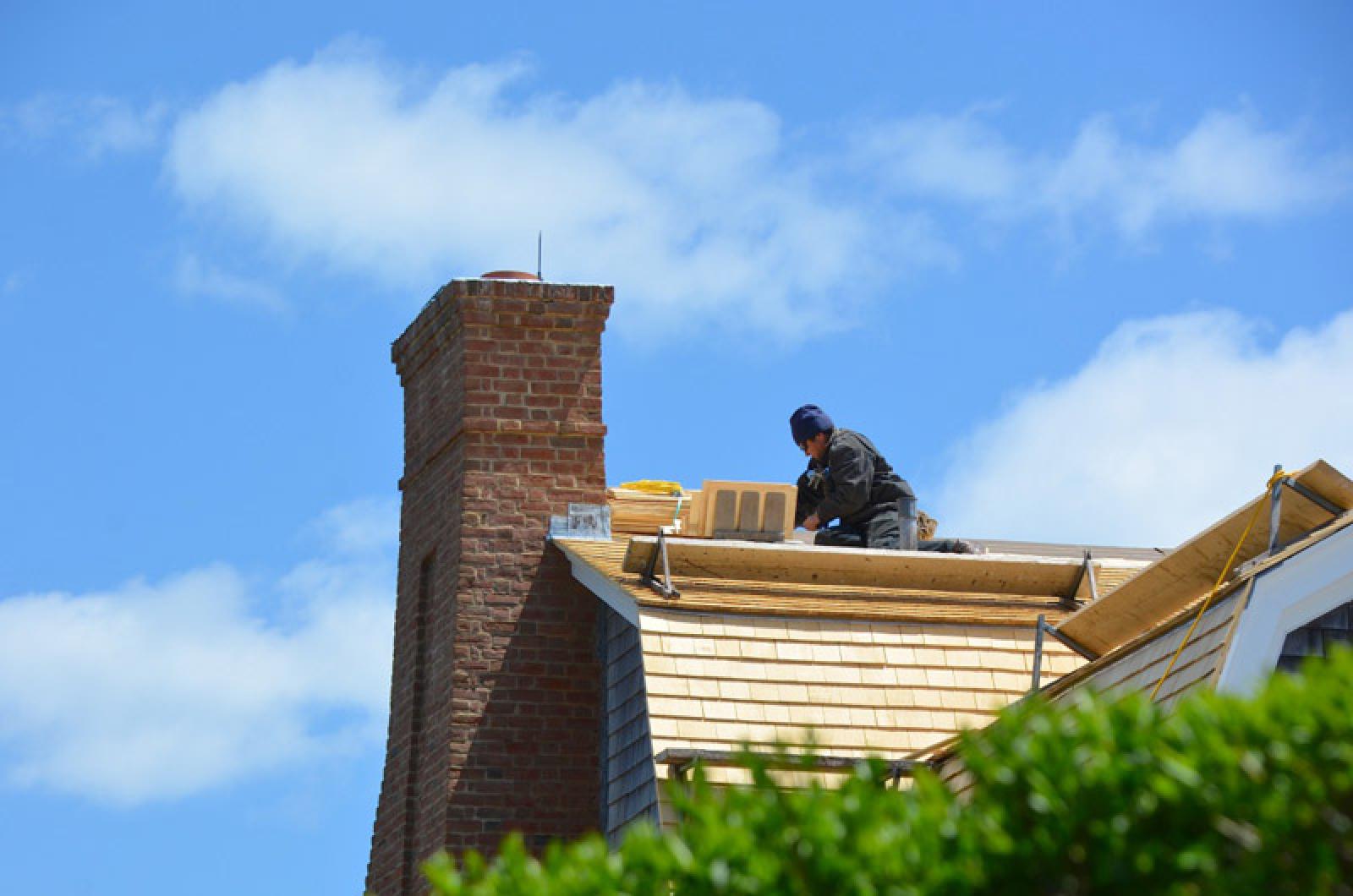Nearly a decade after the Great Recession, Martha’s Vineyard is showing strong signs of recovery, including in the areas of construction, hospitality and real estate. But a predominantly seasonal economy and lack of affordable housing continue to challenge the year-round population.
The northeast region, and Massachusetts in particular, didn’t suffer as much as some parts of the country during the recession that began with the financial crisis in 2007 and 2008, so in some regards the Vineyard had a shorter road to recovery. Nancy Gardella, director of the Martha’s Vineyard Chamber of Commerce, acknowledged that many Island businesses are still struggling to recover. But in general, she said, things are looking up.
“When people in New York are doing well and Washington D.C. are doing well, then the Vineyard does well, as does Cape Cod, as does Nantucket,” she said. “In those East Coast metro areas, people are doing well, and that is good news for us.”

Ms. Gardella noted a 14 per cent increase in visitor spending in 2014 (using the latest data available from the Department of Revenue) and short-term growth in the fall shoulder season. She said she sees signs of a gradual shift toward a three-season economy, which could open the door to industries beyond tourism, but that will mean addressing the Island’s affordable housing shortage and increasing opportunities for job training.
“We are at a critical juncture because housing is a crisis issue,” she said. “Housing and employment and how we grow our economy all go hand in glove.”
Data from the American Community Survey, which supplements the 10-year U.S. Census reports and provides a shorter-term snapshot of the Island economy, also indicates a general upswing. Total employment in Dukes County has grown steadily, with about 8,760 adult residents in the workforce as of 2014, according to the survey. Total payroll was around $289 million in 2014, up from around $253 million in 2008.
Construction, real estate and landscaping are often touted as the main drivers of Island economy, although Ms. Gardella argues that none of those industries would survive without tourism. For everyone who builds a house on the Vineyard, she said, we can most likely thank tourism. “It started with a boat ride across to see the Island, and now they’re in love and they’re staying,” she said.
But the devil is often in the details. Construction may be booming, for example, but not all the numbers have returned to pre-recession levels. And while the total number of construction workers on the Island (including in the winter) is on the rise, there are still fewer than the 824 counted in 2008, just before the national economy crashed. Retail sales as a whole have been mostly flat since around 2009.
“The economy is not improving,” said Steve Bernier, owner of Cronig’s Market in West Tisbury and Vineyard Haven, noting that construction is only one piece of the puzzle. “What I’m seeing in the grocery store is a customer very conservative, very careful, not in a party mood.” Rather than an improving economy, the longtime businessman said he sees people adjusting to a new reality. “We are coping better,” Mr. Bernier said.
He said sales at Cronig’s have been flat, and many products are harder to find then before the recession because suppliers are still keeping a tight budget, he said. He said a quarter of the items he would like to carry are often out of stock, compared to about five per cent before 2008.
Other indicators also paint a darker picture. Despite the increase in total payroll, for example, about 11 per cent of the Dukes County population in 2014 was living in poverty. And between 2012 and 2014, the number of people earning less than 50 per cent of the poverty level grew from 823 to 1,236, an increase of 50 per cent.

But many would say there are reasons to remain hopeful, especially when it comes to the summer economy, which by all accounts has been on a strong upswing since 2013.
Martha’s Vineyard Savings Bank president Paul Falvey said this week that all the usual indicators, including real estate sales and pre-bookings at hotels, are up again this year. He tied the upswing to the health of the financial industry in general in the Northeast. “When those firms are doing well, bonuses are good, people are a little less concerned about potential layoffs and downsizing,” he said. “I think that translates very much so to activity on the Island.”
Ms. Gardella said increased room occupancy was one indicator of a growing shoulder season, although it was probably less pronounced in the up-Island towns. She said Arts Martha’s Vineyard has been aggressively promoting the Island as a fall cultural destination, and those efforts have finally begun showing results.
As another indicator, the Steamship Authority reports a 12 per cent increase in traffic to and from the Vineyard so far this year, and small but steady increases in fall shoulder season traffic at least since 2011. And while the number of cars from 2010 to 2014 followed the usual peak and lull, the number of trucks (including deliveries) was on the rise from March to December in those years. Sales of excursion tickets for year-rounders have grown by 11,000 since 2010.
Some anticipate the Island becoming more of a year-round destination. Ms. Gardella said most of the business people she knows live here at least nine months out of the year, and bank deposits often remain solid into the late fall. “I think there are more jobs lasting longer, more jobs available, a broader diversity of Islanders for longer periods of time,” she said.
Martha’s Vineyard Commission director Adam Turner also said he sees a shift toward a more year-round economy, with more businesses open longer, but he shared Ms. Gardella’s concern about seizing the opportunities for industries beyond tourism. “We need to look at doing a much better job of training and having a workforce that is ready for what we are going to see here,” Mr. Turner said.

Our Island Club, which provides discounts to Island businesses for year-round residents, may offer another view of the changing trends. The club had about 6,300 members as of last year, representing more than half the adult year-round population. Co-founder Geoff Rose said he has seen significant growth in membership in the past four years, especially among seniors, who represent a large sector of the population.
But the increase doesn’t necessarily point to an improving economy. Much of it is due to a 20 per cent discount now offered at Cronig’s (up from 15 per cent last year), which Mr. Bernier said was an effort to support year-rounders and had nothing to do with an improving economy. Membership also increased sharply following the recession, Mr. Rose said, when more people needed the discount.
Meanwhile, real estate trends have continued their upward march, with single-family home sales increasing across the Island. For the first time in years, said Mr. Falvey, some brokers are even worrying about running out of inventory. Edgartown had by far the highest dollar value for single-family homes last year, according to the most recent edition of the Real Estate Yearbook, published by the Gazette.
Perhaps equally revealing are patterns related to wastewater in the down-Island towns. Unlike other Island towns, Edgartown bills its wastewater customers by the number of drains on a property, offering a unique window into the town’s current building trends. Wastewater superintendent David Thompson said the number of sewer permits related to retrofits and subdivisions in Edgartown has skyrocketed this year, with many houses having more than 30 drains. (The state average is 10.)
“You used to have a four-bedroom house with two full baths and a half bath,” Mr. Thompson said this week. “Now you have a six-bedroom house with six full bathrooms . . . . It’s a hotel disguised as a residence.” Mr. Thompson has seen houses in town with as many as 50 drains, although the average for Edgartown is 14. “The plumbing fixture business must be outstanding,” he said.
Charging by the drain, rather than by the gallon, has helped eased the burden on year-round residents, Mr. Thompson said, since total wastewater flow quadruples in the summer. Volume has increased only modestly in the last few years, largely because new connections are limited to the Edgartown Great Pond watershed. The town’s year-round customer base has likely been flat or even dropping, Mr. Thompson said.
But wastewater in Oak Bluffs, where homes are generally more affordable, may tell a different story. Volume at the Oak Bluffs wastewater facility showed small incremental growth over the past four years, mostly in April and December, which may further reflect increased business activity in the off-season.
Looking ahead, Ms. Gardella stressed the need for housing and job training to support a three-season economy. But she also noted a new level of collaboration among Island businesses. As one example, she pointed to efforts among all three business associations — in Oak Bluffs, Vineyard Haven and Edgartown — to share ideas and develop marketing plans.
“It’s a real testimony to the Vineyard recovering from such a brutal recession a little bit more quickly than other resort areas,” she said.






Comments (3)
Comments
Comment policy »